
Weathered barn boards from an old tobacco barn and circuit panels used for materials
Furniture Lab Tech Cabinet – Part I
Follow along as Fine Woodworking associate art director John Tetreault constructs a cabinet using reclaimed materials found during our recent trek to southern Massachusetts.
The materials I gathered for my first Furniture Lab project consist of barn siding from an old tobacco barn and circuit panels from who knows what. My guess is, a mother board from a large computer or panels from a sound board of some sort.
|
More Projects by John Tetreault • The 3-Hour Cabinet |
I designed the cabinet around the full width of the boards I had to work with: 17″ wide sides and 17″ wide front and back. Using two circuit panels for the door and leaving a small gallery in the center brought the cabinet height to 65 1/4″. The cabinet’s shelves rest in dados and sport some wedged through tenons. A dovetail top and rails in front of each shelf were added for strength.
I’ve been experimenting with proud dovetail joinery and will incorporate that style into this latest cabinet project. Since the bar boards are being left largely rough, glue-up might be a chore, but it will be well worth the effort–these boards have a beautiful rough-hewn texture to them that you can only get as a result of decades spent outdoors in the sun, wind, and rain.
I’ll be back next week with another update as the build progresses!
Watch the Furniture Lab Junkyard Visit
John Tetreault, Anatole Burkin, and Tom McKenna visit an old salvage yard for some quirky design inspiration.

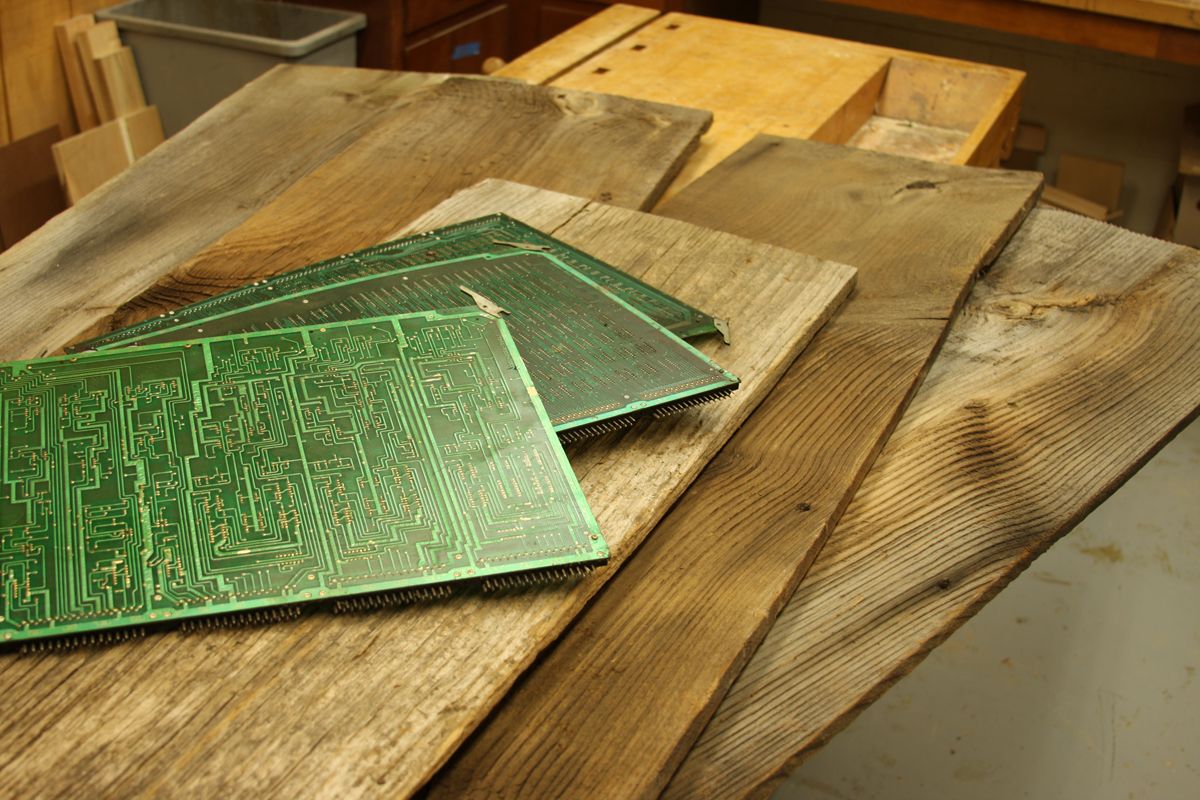
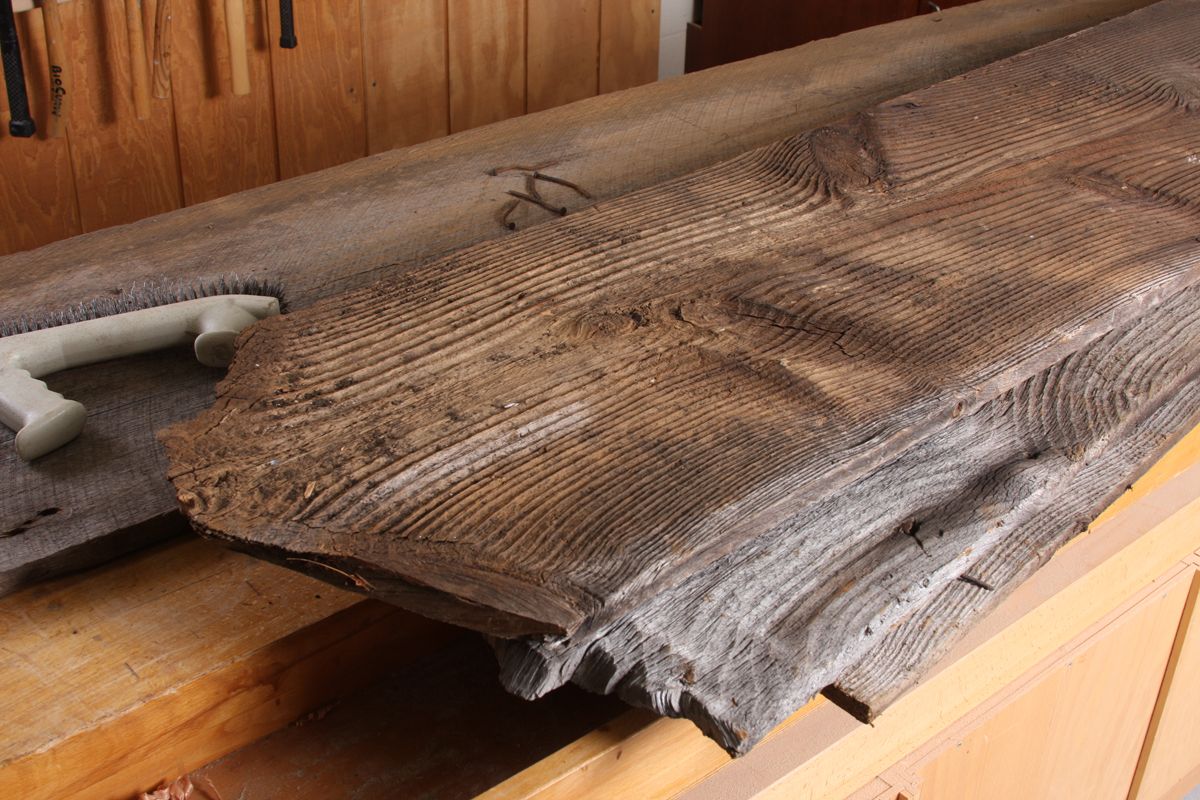
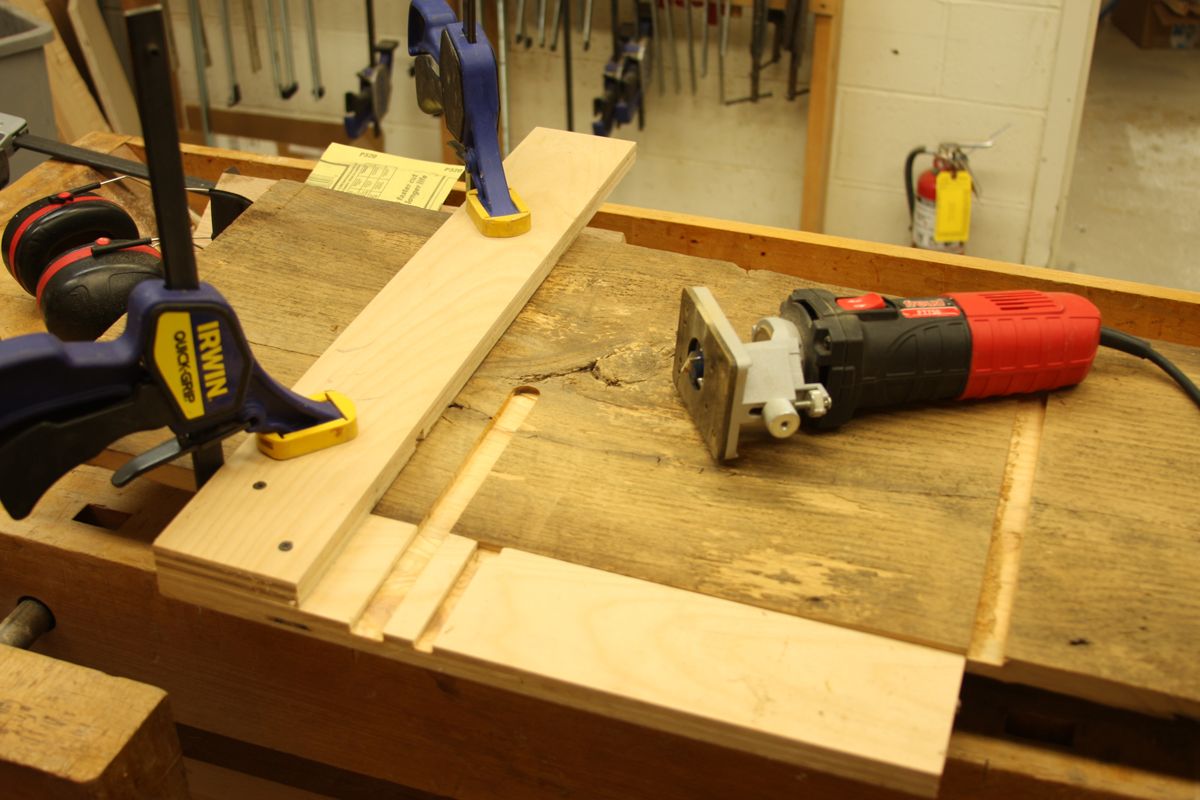
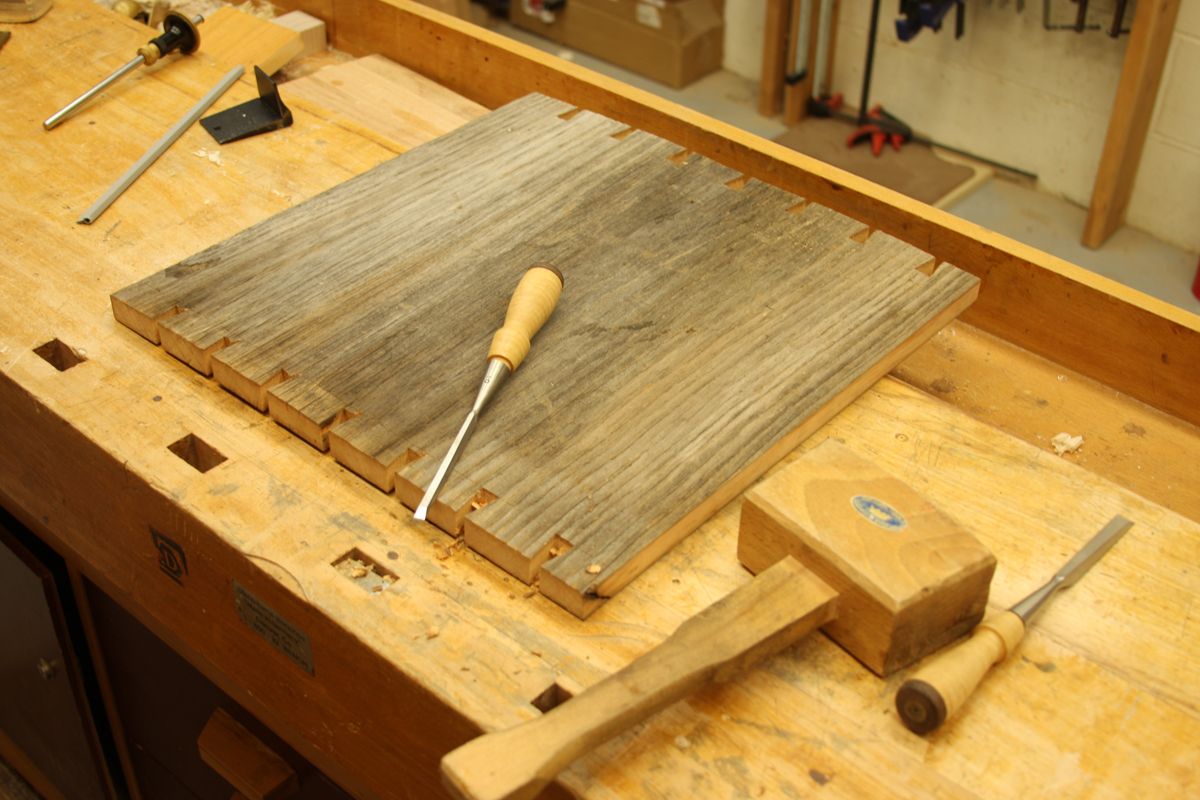
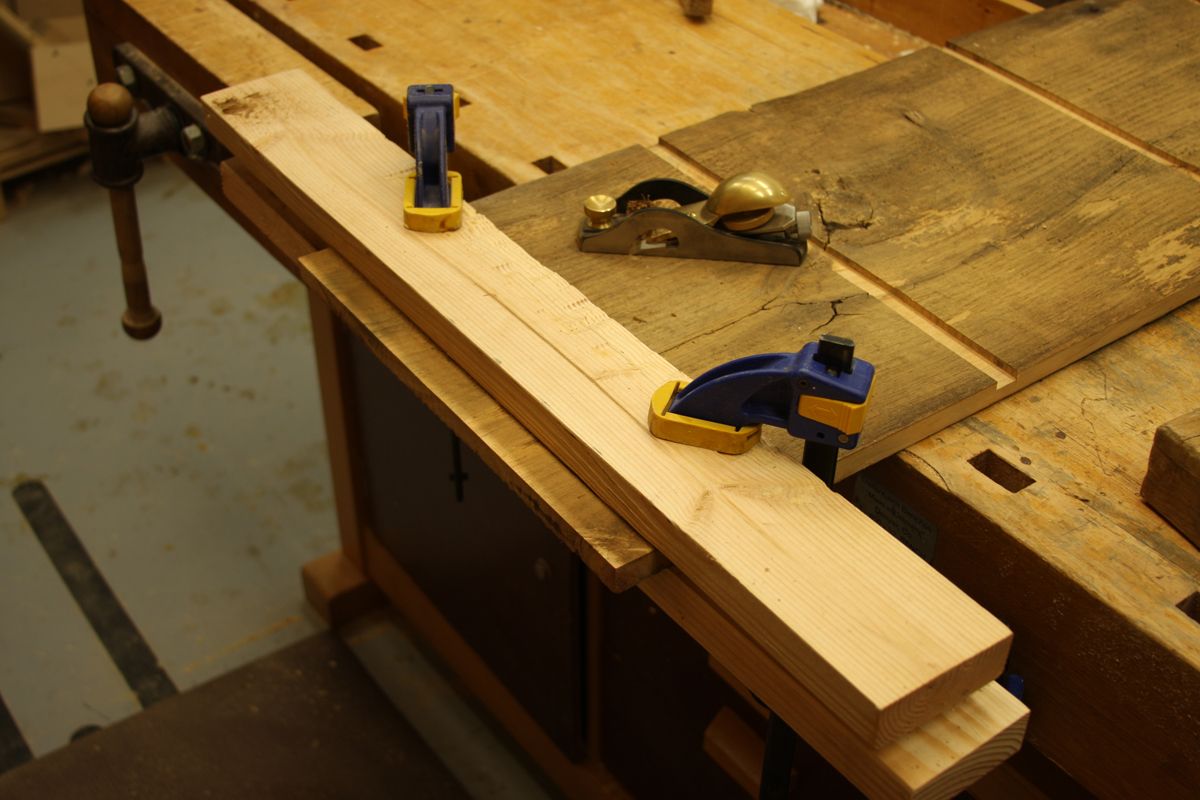
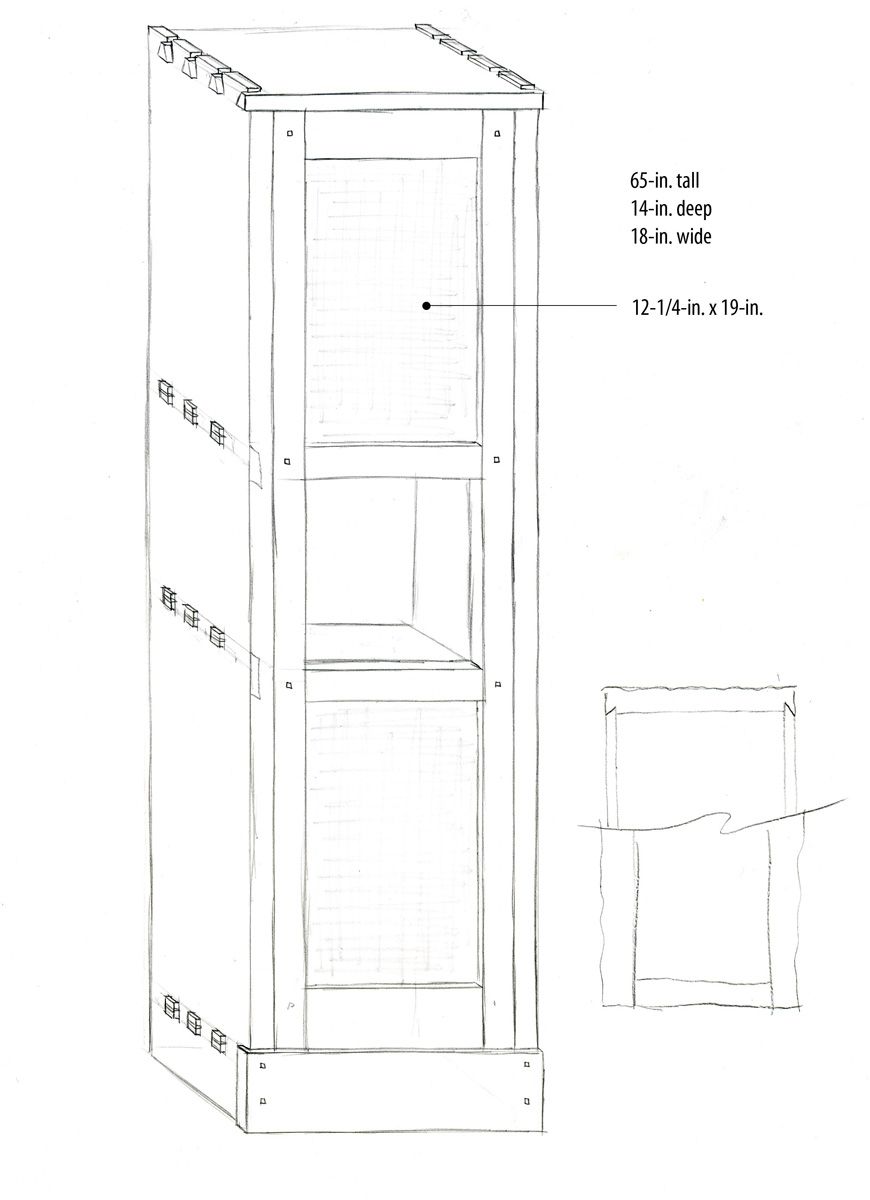

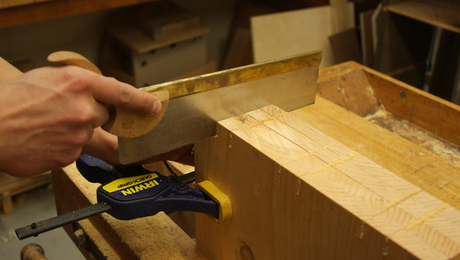
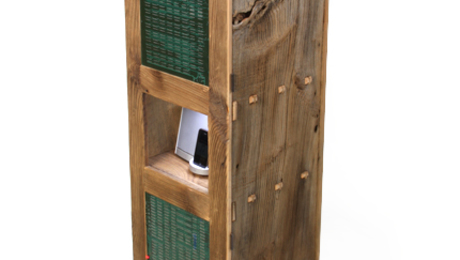
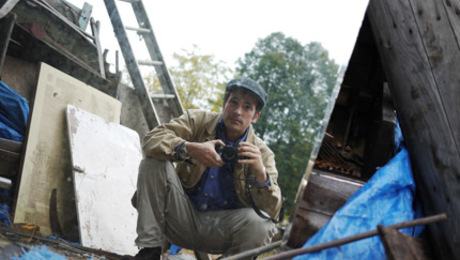




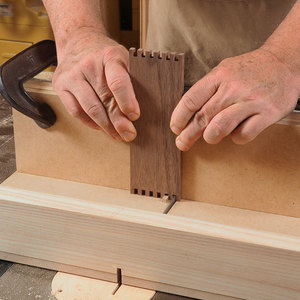
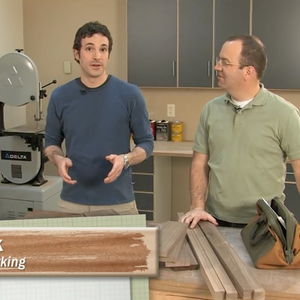











Comments
So, where the heck do we see the finished products?
Hope these are going to be used in the kitchen or around children, most older circuit boards contain a significant amount of lead on their solder pads.
If the circuit boards were surplussed before being used, they may not yet have been "tinned" with solder, which would remove the lead issue. Also, the industry has been moving to lead-free solder as they've increasingly held to account for environmental impact. And unless you are breathing it or dissolving it, solder is pretty stable -- I wouldn't worry unless solder was coming in direct contact with food or kids could put it in their mouths.
Valid concern, to be looked at... in context.
OK, about those circuit boards.. First, the levers/latches at the corners remind me of the format used in printed circuit boards for computers made by Digital Equipment Corporation, once headquartered in Maynard, MA. If you see the word "DIGITAL" where each letter is enclosed by a rectangle, then my suspicion is correct. (I have a few in the basement... :) )
Secondly, lead-based solder is NOT a hazard if you are just using these boards as panels in a woodworking project. Lead becomes a hazard when lead-containing PAINT degrades into dust or flakes, which can be eaten or breathed by small children. Bottom line, don't lick these panels and you'll be fine. ;)
I'm not so sure about the circuit boards, but the wood is a treasure. I have made a lot of stuff from old, discarded wood. A few passes through the planer will bring it back to life easily, although you need to take caution regarding nails, staples and so on before planing.
That shredded wheat box lid is very cool. It would be interesting to see how that can be cleaned up without destroying the printing.
Recycling at its best. It gives new life to wood that would odinarily just be rotting away.
As to the safety of the circuit boards:
Where the lan material is left and is copper colored, it's copper. Where the lan material is left but it's silver or grey, it's been tinned and you should believe it contains lead. You can test the panels with a lead test kit but you would have to do a whole lot of checks because what's on one might not be on another.
The lead does not have to be paint or degrading paint to be dangerous. It's dangerous as soon as it rubs off or is scraped or scratched off or just leaches into a liquid or moist material.
A coat of shellac or, better yet, poly would go a long way to making this a safer item.
Of course, I've handled quite a few hundred thousand of these things in my life so maybe I'm already damaged.
Any gold colored 'fingers' on those boards that isn't tarnishing would be something to collect.
@datacomm and @Websherpa2:
While there are instances where lead can pose a serious health risk, this is not one of them. Please take the time to inform yourselves before attempting to inform others, or they become as ignorant of the facts as you.
While the solder used on the circuit boards may contain lead, it is a tin/lead or silver alloy and very stable. Lead is not easily absorbed through the skin. A person who handles, touches, rubs or breathes the air that has touched a circuit boards is not at risk. They would have to eat and fully digest a few dozen of them to absorb enough lead to create a health issue.
Every electonic item and appliance (fridge, oven, dishwasher, tv, furnace, telephone, computer, alarm clock, light switches, circuit breakrs, tools, microwave, electric razor, etc) in your home is chock full of lead based solder and components. In many instances fans or convection is used pull air over the components to keep them cool and we breath that air. None of us are getting lead poisoning from it...
Like any other dangerous compound, exposure conditions and exposure limits have to be put in context with the danger, otherwise the warnings and advice are meaningless.
Scaring people because you don't know the facs
Log in or create an account to post a comment.
Sign up Log in